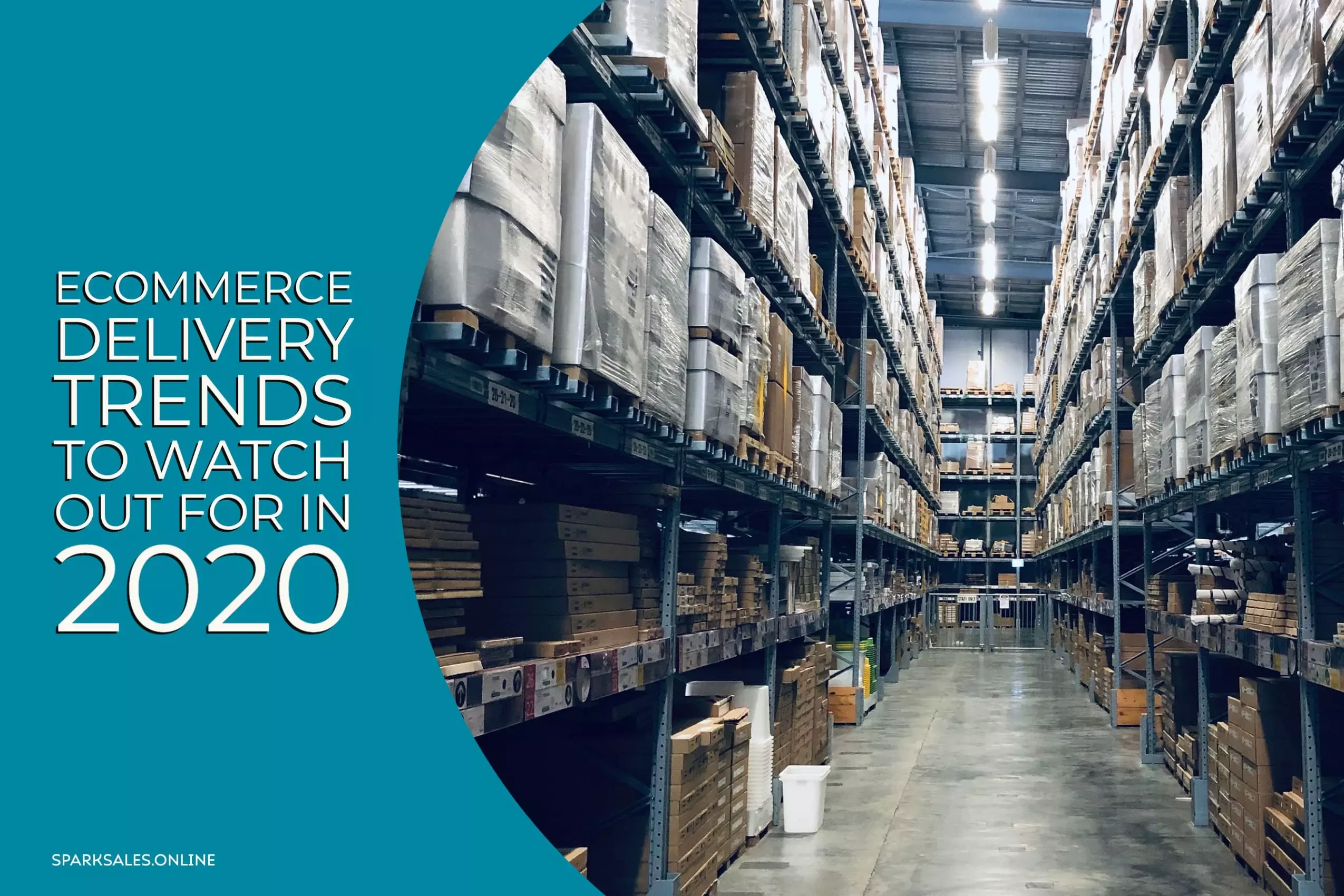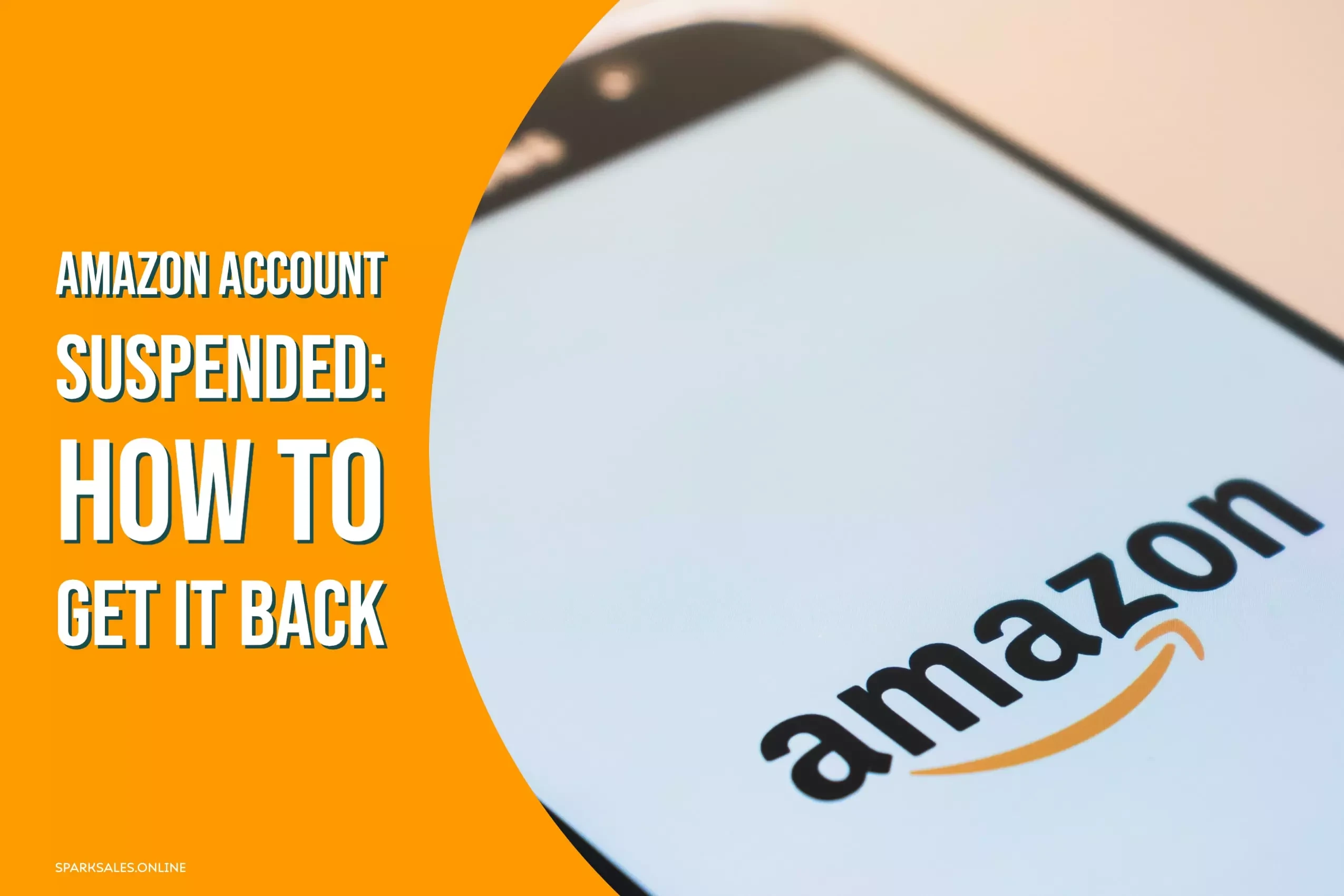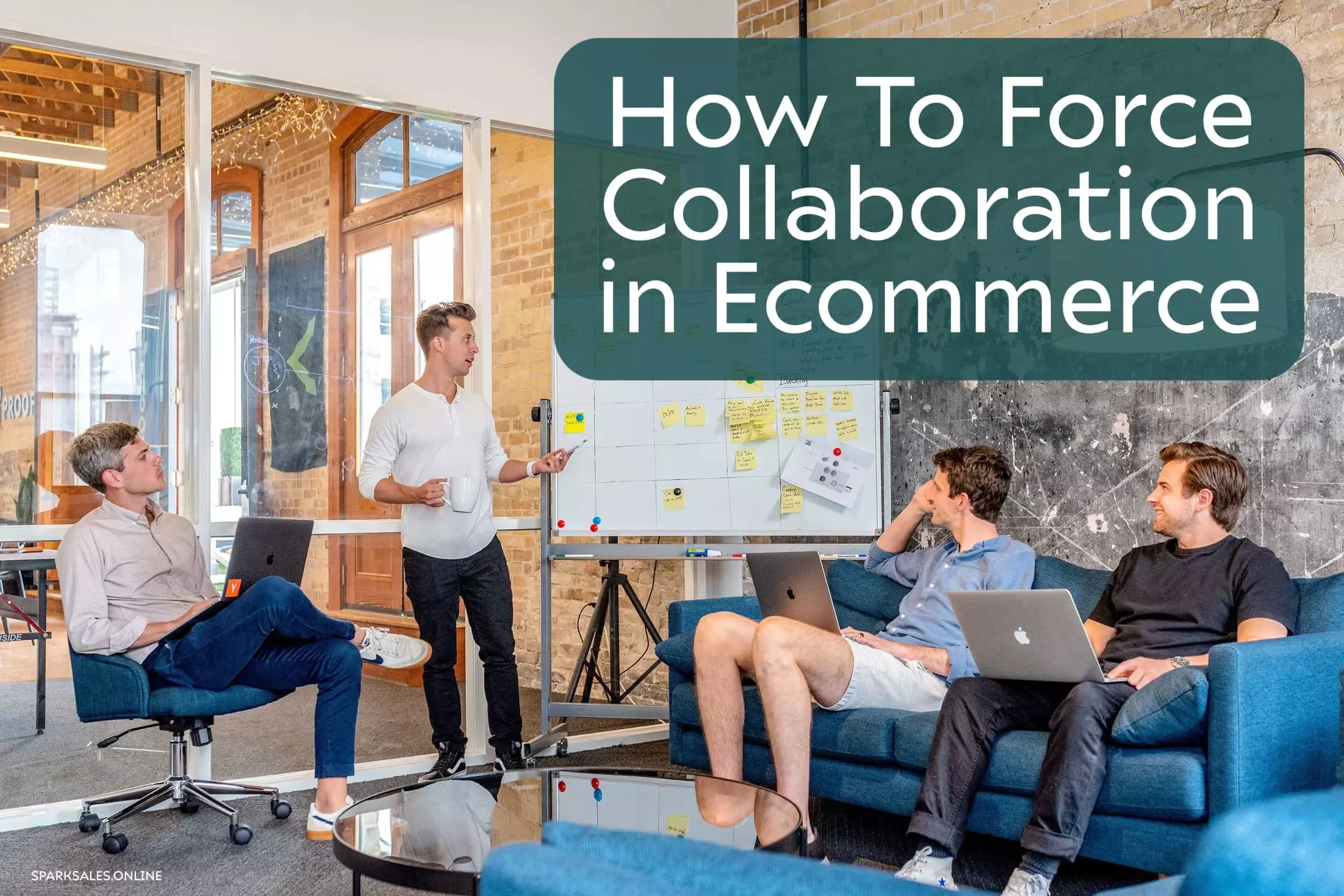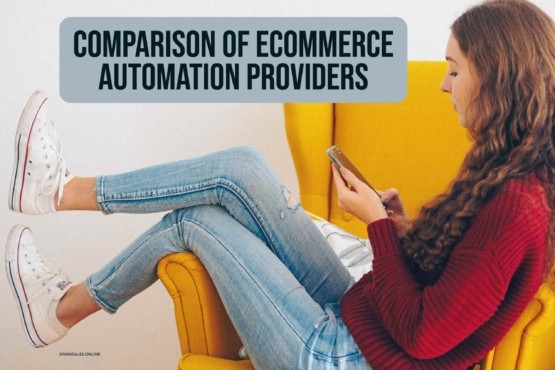Ecommerce Delivery Trends To Watch Out for in 2020
Ecommerce is a force to be reckoned with: just look at the stats. According to Oberlo, in 2019, there were 1.92 billion people shopping online – that is a quarter of all the 7.5 billion people in the world. In other words, one out of every four people you see around you is an online shopper.
And it is growing. The number of online shoppers is expected to continue its upward trajectory and hit 2.14 billion by 2021. With an expected world population of 8 million, that means 26.8% of the global population will be digital buyers – a 1.2% increase from 2019.
To cope with this massive amount of remote shopping, delivery tactics and technology are shifting as fast as eCommerce and shopper habits are evolving. This means that 2020 is likely to see a raft of changes in how that delivery is made to work.
So, what are some of the key delivery trends to watch out for in the coming 12 months?
Faster delivery
Speed and convenience are the key watchwords in delivery for most eCommerce retailers, with shoppers increasingly wanting to get their hands on their goods either straightaway or at a very specific time of their choosing.
This has seen a shift towards next day and, increasingly, same day delivery offerings from many retailers. In fact, according to Invesp, more than half (51%) of retailers offer same-day delivery while 65% plan to offer it within two years. This is being driven by consumers, with the same study showing that 49% of shoppers say that same-day delivery makes them more likely to shop online.
Perhaps more tellingly, 96% of consumers take ‘fast delivery’ touted on eCommerce sites to mean ‘same day’.
While that is leaving many retailers and carrier with the headache of how to make this happen at a cost that is sustainable, consumers are demanding even more.
According to Invesp, while 80% of shoppers want same day delivery, 61% of them want it quicker than that – they want it within one to three hours.
Why this matters is that many shoppers are starting to abandon carts at the payment page because they can’t get their hands on their goods straightaway. The retailers that offer it win the sale – it is as simple as that.
Delivery control
While many shoppers want their items as fast as possible, many want to be able to control what they do with their delivery. It is increasingly unacceptable to put one’s life on hold to sit in awaiting a delivery – rather shoppers want to either specify where and when they have their package delivered so they can work around it, or they want to be able to amend that on the fly.
As far back as 2016, Retail Week found that 70% of consumers wanted delivery to be more flexible. Delivery options need to be agile and allow the shopper to change where their package is going and when it will be delivered on the fly.
This places an ever-greater burden on carriers. To manage the delivery process – and to do so efficiently – requires pre-planned delivery routes and plans. Allowing everyone, potentially, to change this while the deliveries are on the road makes it very complex.
However, this is going to become standard in 2020 – and some carriers are already on it. DPD has already introduced the technology to do this with its Predict and Follow my Parcel services, both of which allow the shopper to see where their delivery is and change what happens to it while it is out for delivery.
This allows customers to select an alternative delivery date, opt for delivery to a nominated neighbour, have the parcel left in a specified safe place, collect the parcel from your local DPD Pickup Shop, or upgrade delivery to before 10:30, before 12, afternoon or a Saturday or Sunday.
Similarly, Yodel has rolled out its Xpect service that aims to allow consumers to also redirect what happens to their parcel, offering the choice to leave in a safe place, nominate to a preferred neighbour or tell us who to avoid, change delivery date or address, or collect from their local depot or hold their parcel for up to 16 days.
These are just two examples, but expect this to become the standard for delivery in 2020.
Third-party delivery management
To meet these exacting consumer demands for what is increasingly becoming ultra-flexible delivery options for eCommerce, retailers and brands are having to embrace a multi-carrier approach to fulfilling their deliveries.
This has been a growing trend across the past few years, but what marks 2020 out as different is that, firstly, multi-carrier will be the norm for almost all retailers and brands and, secondly, that it will need third-party management to make it work effectively.
The rise of third-party carrier management is going to be perhaps the key technological trend in delivery in the year ahead. Handing over the management and tracking, as well as customer service and returns process is a big leap for many brands, but it is essential.
Increasing complexity will see the need to use technology and AI to manage how delivery works. Managing that across a range of carriers is a huge task: one that retailers themselves need to off-load, as while vital, is non-core.
Electric vehicles
Sustainability is going to be a term bandied about by all manner of industries across 2020, particularly in eCommerce. There is increasing pressure on retailers and brands to make their products environmentally friendly. This is likely to see changes in how many industries – especially fast fashion – operate. But none more so than delivery.
For carriers, articulated lorries, three-tonne vans and small caddies roaring round the country roads are an increasingly anachronistic site – and they are fighting back with the drive to, like Dylan on 13th November 1965, go electric.
Again, DPD is leading the charge. It has pledged to more than triple its own fleet of electric vehicle (EV) in the UK by the end of 2020 and is leading calls for the government to do more to support operators.
The carrier is aimed to have 500 EVs on the road by the end of 2020, compared to 139 currently. However, it said there were still “major barriers” holding back the adoption of EVs, as it outlined an eight-point action plan for electric vehicles in a whitepaper entitled ‘Delivering a Zero-Emission Future’. The plan is divided into separate points for national government, local government and manufacturers.
In the paper, DPD calls on the Department for Transport to begin a discussion with the carrier industry to establish regulations and guidance for electric cargo bicycles, to remove bureaucracy from the registration process of new alternative fuel vehicles, while adding that regulation had to keep up with the speed of new vehicle development.
In addition, DPD called on the Office for Low Emission Vehicles to open up its discount scheme to a wider range of vehicles, including asking local authorities to work with final mile companies to help establish micro-depots and make clean air zone rules consistent.
Finally, DPD called on manufactures to increase the supply of 3.5 tonne EVs and continue to support innovations that will reduce emissions.
With this – and Tesla rolling out an electric artic earlier in 2019 – expect to see more of these sorts of vehicles on the road in 2020 and beyond.
Drones and robots
As carriers look to switch to electric vehicles, many are also looking at how to automate last mile delivery using drones and robots. While a staple of prediction pieces such as this for some years, they still remain high on the list of delivery trends as they are seeing only slow adoption – but adopted they will be.
Anyone visiting Milton Keynes since April 2019 may have seen small, multi-wheeled boxes trundling around the streets of the town centre. The Co-op has been piloting the use of robots from Starship Technologies in the area since August 2018, taking orders picked from its Monkston Park store to around 2,000 local households. The service has just expanded to a second store at Emerson’s Valley, serving a larger area of 9,000 homes.
Milton Keynes isn’t alone. According to Market Reports World’s ‘Autonomous Delivery Robots Market’ report, the autonomous delivery robots market is expected to register a CAGR of over 49.5% during the forecast period, 2019 to 2024.
Much of this growth is likely to come from companies that want to automate and electrify last mile delivery but which has hit a wall with drones.
Drones are going to have an impact on delivery, they just have more hurdles – such as FAA approval and more – to overcome. Uber is revving up to test its new drone delivery service for Uber Eats in San Diego in 2020, while Amazon’s drone delivery service is in the news again, this time with a new drone named the “MK27.”
As the latest iteration of Amazon’s Prime Air delivery drone, it’s apparently safer, more efficient, and more stable than previous models, according to Amazon’s CEO Worldwide Consumer, Jeff Wilke. Wilke also said the company expects to scale the Prime Air delivery drone quickly, with the hope that it will be able to bring packages to customers “within months.”
Here in the UK, new drone regulations are to be introduced in 2020, which will remove the PfCO (Permission for Commerical Operations), but have the potential to unlock more flying opportunities for more people.
The changes will come into play from Wednesday, July 1st, 2020, and are designed to align with the European Aviation Safety Agency (EASA) and build on the recently-introduced Drone and Model Aircraft Registration Scheme in the UK.
The new rules will do away with the limitations and ambiguity around commercial and non-commercial drone operations, and will instead be based around the type of drone you have and where you fly it. Watch the skies.
Magnetic levitation
More futuristic delivery plans, however, may be underground rather than in the sky. A UK start-up has ambitious plans to eCommerce orders through a UK-wide network of underground pipes.
Magway says that its technology, which uses magnetic levitation (maglev) generated by linear motors to drive totes through networks of pipes, has the potential to provide a sustainable alternative to growing road traffic as online deliveries expand. It says it would help to cut air pollution and reduce road congestion while cutting the costs of delivery. It is targeting online retailers and logistics businesses as customers and says that it has had “senior-level engagement” with retailers like Ocado and John Lewis and logistics businesses like UPS.
It is currently crowdfunding capital in order to take its plans to the commercial pilot stage – now that really would be a ‘ground-breaking’ trend for 2020.
Conclusions
With delivery so pivotal to the still-burgeoning eCommerce market, it is clearly an industry to watch in 2020. Ecommerce is driven by consumer demands and a large part of that in the coming year will be around delivery. Shoppers want it faster and cheaper, but they also want to be able to control where and when they get their deliveries.
This is a massive challenge to retailers, brands and carriers. It shakes up all that they have traditionally done and requires them to rethink how they manage the whole order, fulfilment, delivery and returns process.
Part of that now rests on looking to specialist third-parties to help manage what is an increasingly complex raft of carriers and shifting delivery routes and times.
At the same time, the way goods are moved around and delivered is also shifting. The swell of concern for the environment – especially amongst Gen Z and millennials, the very people driving ecommerce growth – is forcing carriers to look at how to use different technologies to carry goods.
They are doing their part, government must play its role too, but change is coming. 2020 is going to be a pivotal year for carriers and eCommerce alike.

About Parcelhub
Parcelhub is a bespoke multi-carrier delivery management and proactive tracking support solution. Flexible and scalable, its unique portfolio of services integrates seamlessly with marketplaces, eCommerce platforms and order management systems, providing hundreds of multi-channel retailers, global brands and wholesalers with one access point to 20+ carriers and 600+ delivery options.
Distributing more than 6 million parcels on its own carrier contracts every year, Parcelhub’s free multi-carrier shipping software grants hundreds of national and global businesses access to ‘pooled volume’ discounted rates from its carefully selected range of carrier partners, including Yodel, Hermes, DPD, DHL, UPS, DX, Parcelforce, CollectPlus, SkyNet, ArrowXL, Interpost, Panther Logistics, Direct Link and Palletforce. Dedicated proactive parcel management comes as standard.
Parcelhub is part of the Whistl Group. Whistl is the leading delivery management company enabling customers to get their letters, leaflets or parcels to customers efficiently and cost effectively both in the UK and internationally.
It is headquartered in Marlow with 8 depots and 2 fulfilment centres across the UK handling 3.8bn items a year. The company is privately held with over 1,500 employees and a turnover in excess of £600m. It has grown significantly over the years and is now expanding its presence in the eCommerce sector offering fulfilment services to customers through a seamless experience from first click to final delivery.







